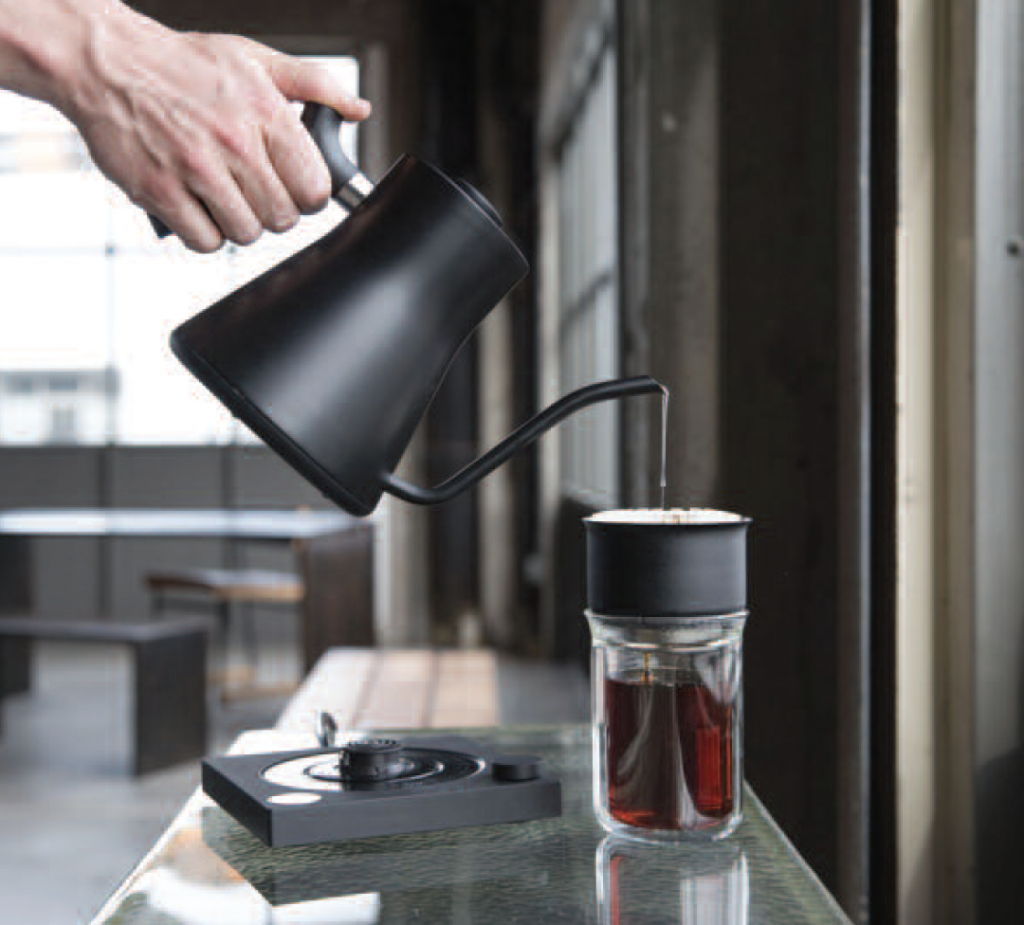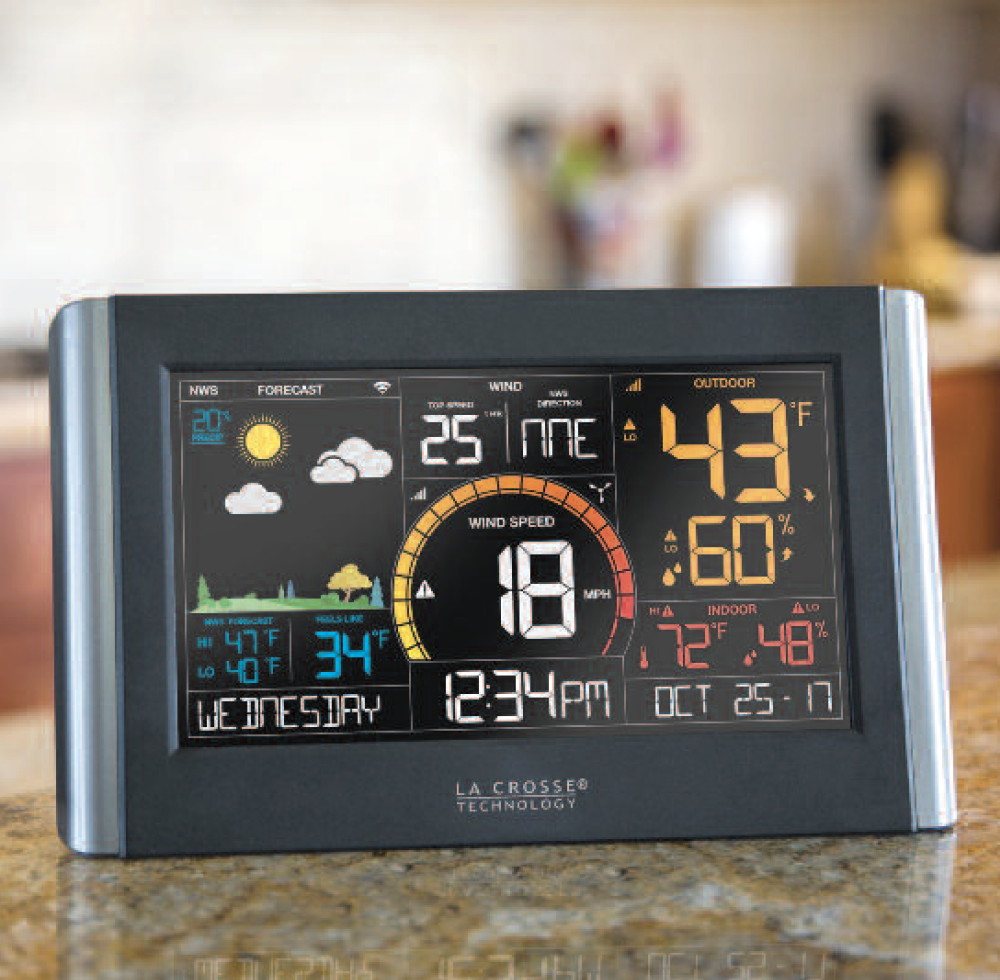By Michelle Hespe
Carley Knobloch knows a thing or two about smart homes: She’s consulted with HGTV on their annual HGTV Smart Home build for years, and is a regular tech contributor on the Today Show. Her home, a blend of California cool and high tech, was just featured in Good Housekeeping. To Carley, “A truly smart home is as beautiful as it is intelligent — the gadgets fade into the background, and come forward only to add convenience, safety or assistance — you just feel like life is easier.”
There are four trends in Smart Home innovations that Carley feels are prominent right now and believes they will develop further in 2018.
Trend 1: Consumer Involvement from the Get-go
It was not long ago that the consumer only became involved in a product when it was released into the market. Once they could buy it, they could rate it, share their experience and offer feedback to the company that created it.
Today, with tools like Kickstarter, Indiegogo and GoFundMe, Carley explains that brands involve consumers with the product from the beginning, when concepts and innovations are being formed and prototypes are being experimented with.
“More and more consumers want to be involved in the development of products, and essentially it means that the end-results are precisely targeted to the demographic at which they are aimed,” she explains. “This requires that companies be more nimble and open to feedback, but the reward is that consumers are invested in your product before it even hits the shelves. Before this, brands had to cross their fingers that they got it right—now they know what the consumer does and doesn’t want.”
Carley also says that with prototyping becoming less expensive, it’s easier than ever to test things out before something goes to market. “With things such as 3D printing and virtual reality, customers can send in ideas to brands, and brands can react, prototype and test quickly. Consumers might say to a company, ‘I wish your product did this or that’, and then companies can either embrace that suggestion or not.”
Trend 2: Subscriptions & Replenishments
The next trend that Carley speaks about is how more and more companies are creating products that have replenishment options; essentially, a consumer subscribes to a brand and product, and connected appliances will re-order associated products when the consumer runs out.
 The coffee maker is a perfect example. Once upon time, a consumer would buy a coffee maker and then buy coffee beans or ground coffee to use in their machine. Keurig, Nespresso and others revolutionized the entire industry by creating machines that use unique coffee pods, which are re-ordered by the customer.
The coffee maker is a perfect example. Once upon time, a consumer would buy a coffee maker and then buy coffee beans or ground coffee to use in their machine. Keurig, Nespresso and others revolutionized the entire industry by creating machines that use unique coffee pods, which are re-ordered by the customer.
“From taco shells to frozen yogurt makers, companies have a new revenue source through replenishment along with the sale of their hardware, and now the machine can actually do the re-ordering for you,” Carley says. “Your coffee maker will know when you’ve run out of pods and BOOM! They’ll turn up on your doorstep. Auto-replenishment will soon be common; many big brands will bring this convenience to market soon.”
Carley explains that Amazon is the most equipped to move quickly on this, as their personal assistant Alexa is tied to the massive e-commerce store (as compared to Apple’s HomePod or Google Home), and so it is making many alliances and growing rapidly. Carley says it will be interesting to see which brands team up with multiple partners and which ones remain loyal to one brand. For instance, Whirlpool might create dishwashers that only reorder dishwashing tablets from one detergent-maker, or they might create machines that allow you to re-order the detergent of your choice.
Trend 3: A Mobile Lifestyle
Our phones are with us always, so it’s no surprise that appliance companies are leveraging the power of apps to help us control our appliances, and keep us engaged.
“There are many products on the market that are operated by an app on your phone. An example is a toaster that comes with an app, so that you can operate the toaster from afar. You might think why would I need an app that turns my toaster on and off?” Carley laughs. But, if you are busy with a baby in another room and smell the toast burning, it’s easy to shut it down without getting up.
“The Vitamix Perfect Blend Smart Food Scale can help you create the perfect smoothie without having to measure ingredients,” she explains. “Add bananas and the app will tell you when there’s enough. You put ice in, and it tells you when to stop. This kind of smart product can help people have success in the kitchen, which reduces trips for take-out or restaurant food, so it saves time and money.”
 Carley likes that this new trend is also helping people learn how to cook, and getting people cooking more in general.
Carley likes that this new trend is also helping people learn how to cook, and getting people cooking more in general.
“I like to cook if I know I am going to have great results—there’s nothing worse than failing in the kitchen and serving a meal you’re not proud of,” she says. “With the Heston Cue Smart Cookware, Induction Burner and app for instance, you learn as you go. It knows how to get the outside of the fish you’re cooking crispy, then reduces the heat to cook the interior perfectly. I watch and learn. People who can’t cook have a better chance of creating nice meals, so it’s a great way to get people in the kitchen. If it gets more people cooking at home, I am all for it!”
Trend 4: The Power of Voice
It’s a trend that is literally booming, voice-activated personal assistant-like products are taking center stage in the Smart Home.
“It’s a miracle!” Carley says with awe. “We can talk to our appliances, and they can learn how we like to prepare dinner and replicate results, it’s incredible what is happening. Plus, thanks to voice control, anyone in the house can tell the oven what to do, instead of just the one person who had the app installed.”
Carley has young children and explains that at first they had no interest in things such as controlling the window shades or lights. “But as soon as they realized that they could talk to the house and it would obey their commands, they were really into it. They now love talking to the house and trying to out-smart it.”
Carley is excited about how voice control is already changing how we source recipes. “Say, ‘find me a recipe for chocolate chip cookies’ to Google Home, for example, and a highly-ranked recipe will come up, setting you up for the best chance at success with minimal search and effort. Then we’ll get step-by-step instructions, without having to open a phone. Soon we may be at the point that we can ask, ‘Hey Google, do we have all the ingredients we need to make cookies?’ and our kitchen will know. Voice control is bound to change how we do everything in the kitchen—the Jetsons lifestyle isn’t too far away.”



